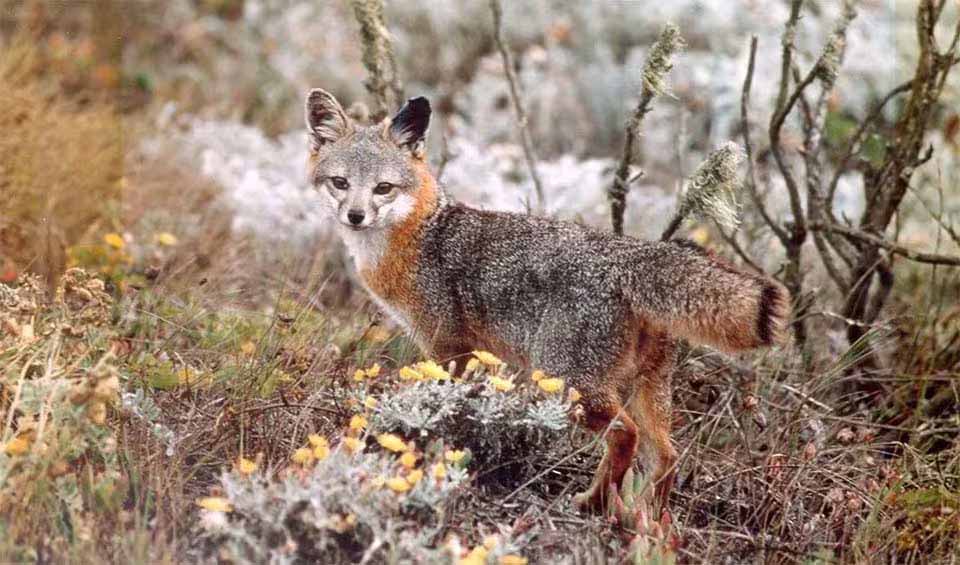Urocyon – Gray & island fox
Whole genome sequencing indicates that this genus is the base (or root) of the living canids
The genus Urocyon, encompassing the Gray Fox (Urocyon cinereoargenteus) and the Island Fox (Urocyon littoralis), represents a unique lineage within the canid family. These species exhibit adaptations and characteristics that distinguish them from their more widespread cousins, the red foxes (Vulpes vulpes).
The gay fox, known for its distinct gray coat and black-tipped tail, is the most ancient member of the “true foxes” of the Americas. Its range extends from southern Canada through the United States to Northern Venezuela and Colombia, demonstrating its adaptability to various climates and environments. Unlike many other fox species, the Gray Fox exhibits the unique ability to climb trees, a skill it utilizes to escape predators, forage for food, and find safe resting places. This arboreal tendency is facilitated by its strong, hook-shaped claws.
Deforestation and habitat alteration in the eastern United States have historically impacted the gray fox populations by reducing their natural habitats and allowing the more adaptable red fox to outcompete them in certain areas. Despite these challenges, the gray fox has managed to maintain a relatively stable population, thanks in part to its versatile diet and nocturnal habits, which minimize direct competition with humans and other predators.
The island fox, a smaller relative of the gray fox, is endemic to the Channel Islands of California. This diminutive fox is adapted to the unique island environments, with each island population exhibiting slight variations in size and coloration. The island fox’s diet is similarly varied, consisting of fruits, insects, birds, and small mammals, which it forages for in its diverse ecosystems.
Historically, the island fox faced significant threats from disease, predation by non-native species, and habitat degradation, leading to drastic population declines on several islands. Concerted conservation efforts, including vaccination programs, predator removal, and habitat restoration, have been remarkably successful, with several populations showing signs of recovery. However, the Island Fox remains vulnerable to environmental changes and human activities, underscoring the ongoing need for conservation and monitoring.
Species in this genus
Island fox
With a body the size of a housecat and a personality as fierce as a lion, this fox may be small, but it’s definitely mighty
Gray fox
While still widespread throughout North & Central America, habitat loss and deforestation allowed the red fox to become more dominant


